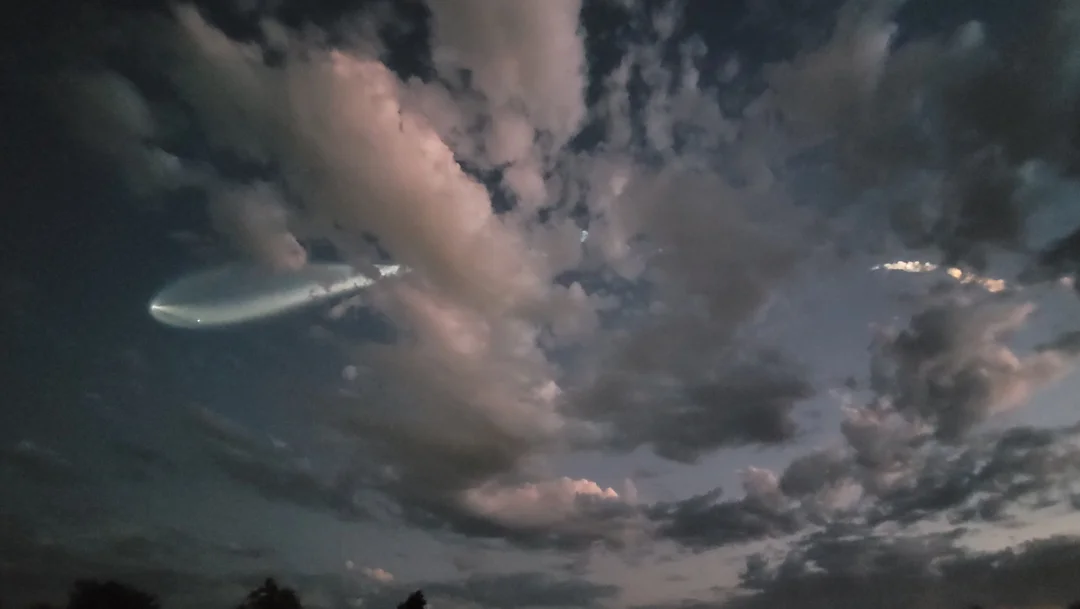
Falcon 9 Launches: Sonic Booms Rattling California Homes Like Mini-Earthquakes
Residents near Vandenberg Space Force Base in California are experiencing more than just the awe of rocket launches. SpaceX's Falcon 9, a workhorse for both human and nonhuman space missions, is increasingly causing sonic booms that some describe as feeling like mini-earthquakes. This phenomenon, driven by the increasing frequency of launches, has sparked a collaborative research effort to understand and mitigate the impact on surrounding communities.

A team of researchers from Brigham Young University (BYU) and California State University, Bakersfield, led by BYU physics professor Kent Gee and graduate student Makayle Kellison, have been studying the sonic booms resulting from Falcon 9 launches. Their findings, presented at the joint 188th Meeting of the Acoustical Society of America and 25th International Congress on Acoustics, highlight the growing concern among residents of Ventura County, located 60-100 miles from the launch site.
"Although Ventura County is 60–100 miles from the Vandenberg Space Force Base, sonic booms and other noise from rockets launched over the ocean are sometimes heard on land," said Kent Gee. "As the number of launches with satellite orbits requiring trajectories along the California coastline increases, these booms are being heard more frequently." In 2024, there were 46 Falcon 9 launches from Vandenberg.
The study involved collecting 132 measurements of sonic booms over a 200-square-mile area during the summer of 2024. The researchers are working to understand how different launch-day variables impact the sonic booms, which can vary greatly in magnitude depending on weather conditions, launch time, vehicle trajectory, and time of year. The key takeaway is that these rocket ascent sonic booms are much lower in frequency than those from aircraft, often sounding—and feeling—like an earthquake.
Col. Mark Shoemaker, commander of Space Launch Delta 30 at Vandenberg Space Force Base, emphasized the importance of this research collaboration. He stated, "This is a significant focus area for us. As we safely move launches further east to open access to operational orbits, we’re encountering new challenges, such as the phenomenon of sonic booms during ascent along the coast of California."
The collaborative effort includes the U.S. Space Force, BYU, California State University Bakersfield, the Federal Aviation Administration, SpaceX, and NASA. They have been monitoring launches with a network of high-tech monitoring stations spread across 500 square miles.
One key element of the study involves analyzing launch data to validate predictions and implement actions to reduce potential disturbance. As Shoemaker noted, “Every adjustment we make has ripple effects. Fly too far west, and it could compromise our ability to get satellites into the required orbit. Fly too far east, and there might be increased noise in populated areas. But we’re committed to collecting data, following the science, and optimizing operations.”
The increased frequency of launches is largely due to the growing demand for satellite constellations, such as those from Starlink and Amazon, which provide internet access and other services from space. As launch activity increases, understanding and mitigating the impact of sonic booms becomes even more critical.
This pioneering study could pave the way for more sustainable growth in the space launch industry, balancing the need for space exploration with the well-being of communities on the ground. By gathering detailed data and understanding the physics behind rocket sonic booms, researchers hope to inform base operations and policymakers, leading to more effective strategies for minimizing noise impact.
Ultimately, the goal is to ensure that while we reach for the stars, we don't rattle the foundations of those who call Earth home. What are your thoughts on balancing space exploration with community concerns? Share your perspective in the comments below.